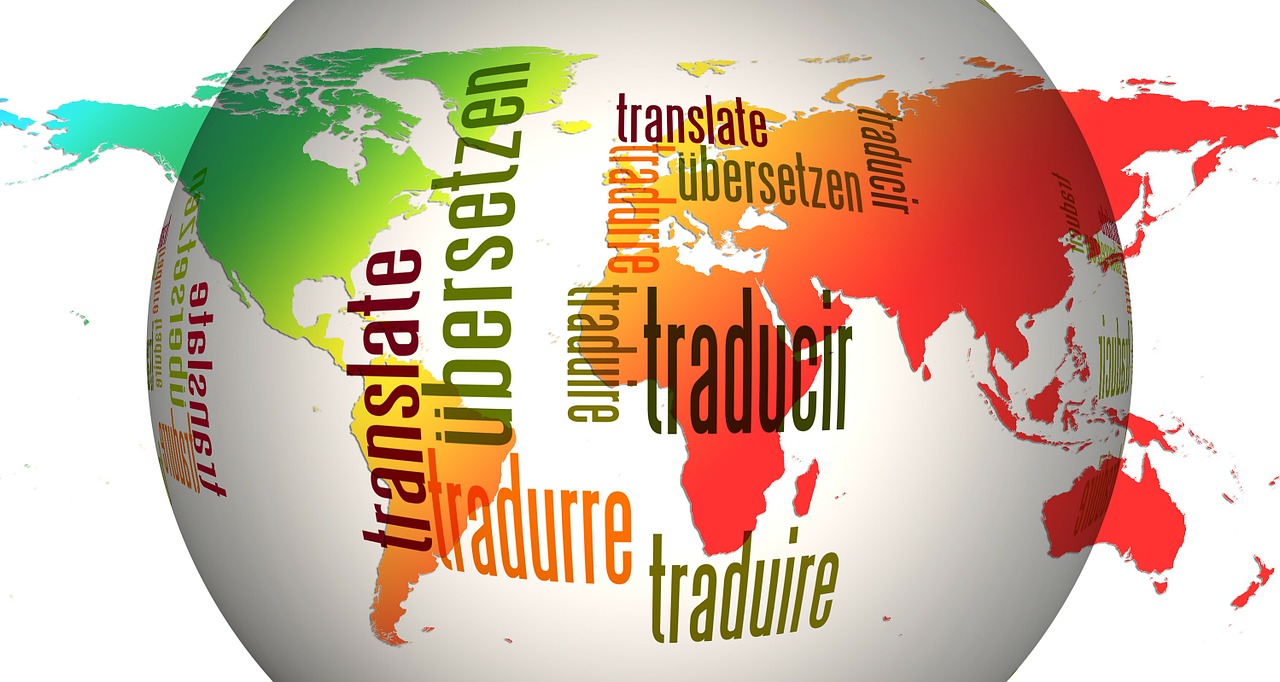Our interconnected world has created plenty of opportunities for businesses of every stripe. But in order to take full advantage of these possibilities, linguistic diversity is a must.
Barring cases of state-imposed website blocking, the internet is – theoretically speaking – a fully international communication tool. This is of course a plus for businesses keen to expand beyond the shores of their origin country. But the follow-up questions pop up immediately: what is the best way to communicate a business’ services to a global audience in a way that’s both sensitive and cost-effective? In short: English is not enough, and neither is ‘machine translation’.
Don’t rely on a lingua franca
This blog post may be written in English from a country that, like many others, used to be a British colony until, well, not too long ago. But while English still enjoys widespread usage and is considered to be the ‘default’ language in many contexts, don’t be fooled.
A business thrives on how it hits specific targets and how powerfully it reaches out to specific markets and having a ‘one-size-fits-all’ approach to language can be fatal when it comes to communicating the message at hand with the right amount of precision, focus and staying power.
In fact, according to a report by the market analysis company Common Sense Advisory, which was put together from surveys of online buying habits from 10 non-English speaking countries, 60% of respondents claimed that they simply did not shop from online venues that are not available in their native languages. (The title of the report was ‘Can’t Read, Won’t Buy’. Which pretty much tells you all you need to know.)
There is indeed a ‘common sense’ reason for businesses to ensure that all of their relevant information is provided in a wide variety of languages. But how easy is this to implement in practice?
The limits of machines
The free and ready availability of Google Translate to all makes it very tempting to assume that translation-for-business is little more than a matter of copy/pasting the relevant texts you need and sticking them up on your websites.
Not so fast.
Because as anyone who has used Google Translate can tell you, the process isn’t always as smooth as one would like it to be, and the platform’s quality varies across different languages, and the technical or cultural nuances that are required for each text or project. So, while Machine Translation (MT) – the industry term for automated translation services – may be a complex thing in and of itself, employing these tools ‘blindly’ may indeed lead to linguistic blind alleys for your system… if not irreparable reputation damage.
One amusing-but-chilling example comes courtesy of Kraft – the international brand which opted to rename its Russian branch ‘Mondelez’, apparently oblivious to the fact that the name evokes an oral sex act for most Russians. Cue giggles from the Russian public, but these giggles could quickly morph into a disturbing death rattle for businesses.
Keeping it professional
The hard facts businesses face are these: Machine Translation is cheap, but unreliable. Human translation comes at an added cost, whose benefits will only be made evident further down the line, when the international markets that the business is seeking to rake in with the translations are finally raked in good and proper.
There is a ‘compromise option’: namely, that businesses apply MT as their ‘first draft’, ensuring that the machine-translated text is then given a once-over by another pair of eyes capable of smoothing out the kinks. However, this process is still not airtight. Structural problems in the original attempt may be missed if the translator/proof-reader is simply looking out for superficial errors, with crucial nuances potentially getting lost in the mix.
Remember that a language comes in with a folded culture of its own. It’s not just about translating individual words and sentences correctly. Translation should also be sensitive to the full range of implications that a word or phrase implies – as the ‘Kraft incident’ shows us with such hilarious, but also worrying, immediacy. In a lot of ways, translation is an act of diplomacy. It requires a keen sensitivity to the intricacies of a foreign culture, and its ultimate goal is to provide an adequate means of communication. This requires a truly human touch; one that no digital interface has grown sensitive enough to emulate. At least, not just yet.
That crucial human touch
While this may be a hard pill to swallow for businesses who are nervously observing their budget allocation, all signs point towards the necessity of being able to communicate in various languages if you really want your business to succeed online. As in all things, professionalism in translation requires polish – the kind that cannot possibly be executed by quick-but-unreliable ‘machine’ translation.



